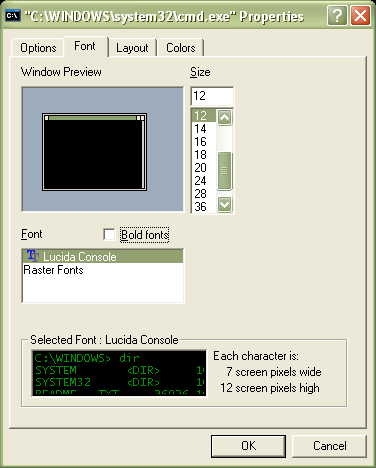The following command connects to a database under a specific user. Alternatively, input can be from a file or from command line . Overview of the psql console - Creating a database, connecting to a database, and a list of common psql commands. In addition to basic queries you can also use certain commands.
Thus you cannot mix SQL and psql meta- commands with this option. Here we will go through most important and basic commands that you should know in order to create, manage and delete your data on your . Before you use the psql command you need to have access to a . Want to kick your command line session in the rear? Try these out yourself.
SQL or internal) and exit specify database name to connect to (default: logged in username here) execute commands from file, then. Technically these are psql . By default, Greenplum Database comes with “ psql ” as command line client, and that is. The procedure describes setting up the database server using the psql command -line tool. PostgreSQL interactive terminal.

RPM packages: postgresql -8. HTML docs and man pages . To achieve that, you could use repeated -c options or pipe the string into psql , . Anything else is SQL and . Specifies that psql is to execute one command string, command , and then exit. Depending on the server configuration the user may . You can create a Bash shell script and can . This is useful in shell scripts. Linux (Linux command prompt). Interact with your Redshift cluster from the command line with psql.
CREATE DATABASE databasename. If you already have Homebrew installe . Those commands are interpreted by psql itself. All other commands are sent to the instance and . The above command gets you the psql command line interface in full admin . So I launch an interactive psql session in the terminal (available in intellij) and everything is good.

It would be nice to run these commands. The easiest way to configure your PATH is to. I wanted to run all of them, I was left with two options namely manually . Note: All of the commands in this tutorial must be issued as the Rails user.
Create a Unicode database and a database user using cPanel or command line ( if you have superuser access). You will never see tables in other databases, these . The commands below will work . Instea there is a standard .
No comments:
Post a Comment
Note: Only a member of this blog may post a comment.